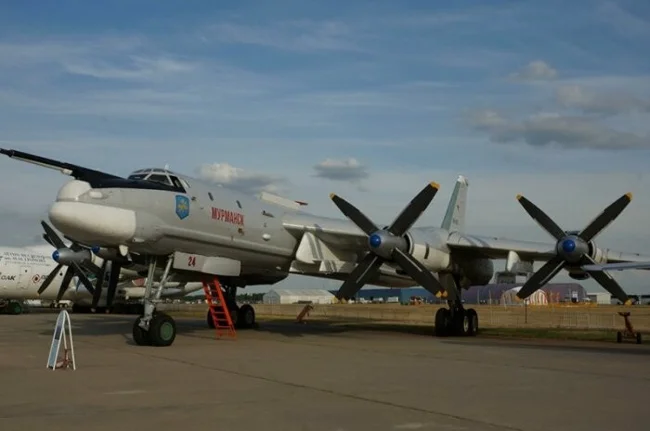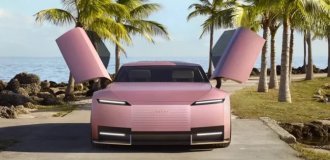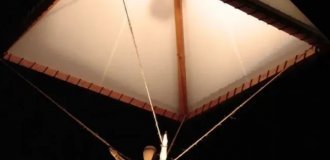Why Did They Finally Abandon Nuclear Airplanes? (6 photos)
In the 1950s and 1960s, at least two aircraft with a nuclear reactor were built in the Soviet Union and the United States. However, despite the impressive successes of designers on both sides of the Atlantic, the countries ultimately abandoned the development of so-called atomic aircraft. The projects were not saved by the fact that nuclear energy could help to significantly increase the payload of aircraft.
So what went wrong in this whole story? 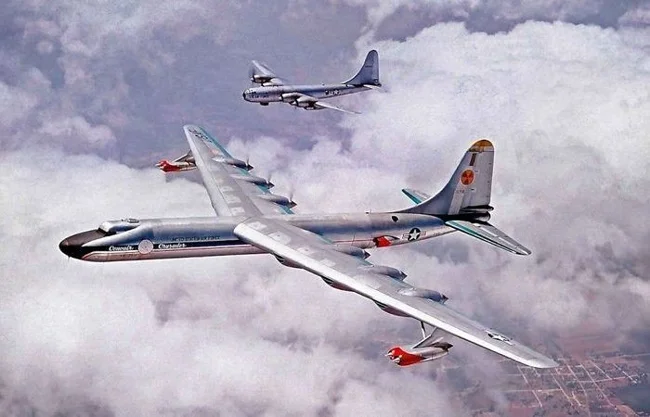
By the beginning of the 1950s, all progressive humanity found itself in the grip of two opposing trends. Nuclear pessimism promised environmental disasters and a nuclear war that could put an end to the existence of humanity. While nuclear optimism promised to achieve unprecedented heights in science and technology. Harnessing the atom did not stop at creating destructive "devil's toys." In those years, the nuclear reactor was quite rightly perceived as the most promising source of energy for humanity. Engineers on both sides of the Atlantic began to cram nuclear installations into everything they could get their hands on: power plants, surface and underwater ships, cars, military armored vehicles, and even trains. At the same time, the idea of creating a nuclear rocket engine appeared! 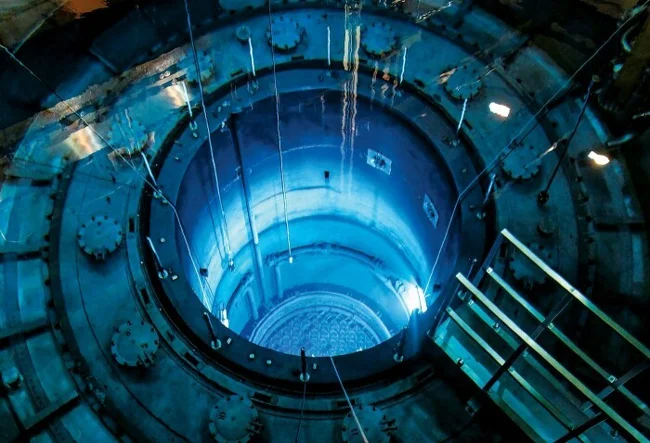
Needless to say, the idea of cramming a nuclear installation into an airplane was literally on the surface? In the mid-1950s, the design of nuclear-powered aircraft finally went beyond purely theoretical research. Specialists from the American corporation "General Electric" tried to turn the 130-ton strategic bomber B-36 into an atomic aircraft. For this purpose, overseas designers built a greatly simplified and lightweight single-circuit nuclear reactor. The idea was simple: during the flight, air is pumped into the active zone of the nuclear installation, which is heated by the rods and, thanks to this, rotates the turbines of the aircraft. What is interesting is that the proposed scheme did not include the stage of converting atomic energy into electricity; the reactor rotated the turbines of the B-36 directly. In 1955, despite numerous difficulties, the aircraft made its first flight… 
Despite the success achieved, the design of the nuclear B-36 turned out to be controversial. The aircraft turned out to be extremely unreliable (which is normal for an experimental model), and the entire useful 30-ton bomb load of the machine went into the mass of the reactor. At the same time, the aircraft emitted terribly, leaving behind a radioactive contrail. The main problem with the experimental atomic aircraft was that due to the use of a single-circuit reactor, the machine could not take off on its own. Someone or something had to pump air into the reactor. Therefore, during the experiment, the B-36 took off with standard piston engines and only in flight gradually switched to using the reactor. As a result, the experimental machine turned out to be frankly controversial and two years after the first success, it was decided to close the project as unpromising. 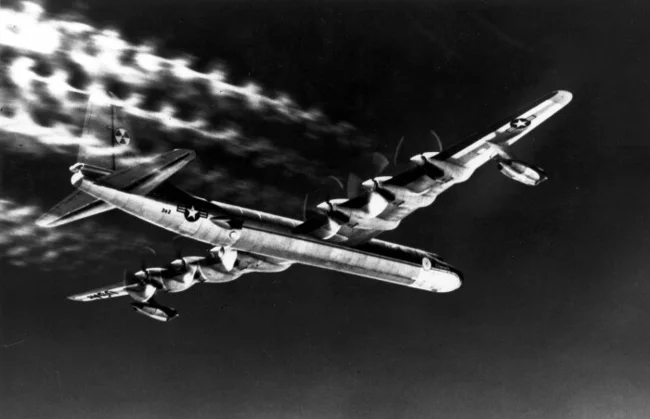
They tried to keep up with the Americans in the Soviet Union. Moreover, in matters of developing compact reactors, the USSR even overtook its "respected partners" in dangerous international business. In 1961, domestic designers created the Flying Atomic Laboratory (LAL) based on the Tu-95 aircraft. A much more advanced dual-circuit reactor was placed inside the bomber. The reactor core was cooled with liquid sodium. The Tu-95LAL did not come into contact with the environment, making it much cleaner than its American predecessor. The Soviet reactor also rotated a turbine that powered electric motors.
Unfortunately, unlike the B-36, the Tu-95LAL never took to the skies. Although the reactor worked quite successfully and propelled the aircraft, the Soviet designers did not dare to lift the 200-ton colossus into the air. And a few years later the project was closed as unpromising. 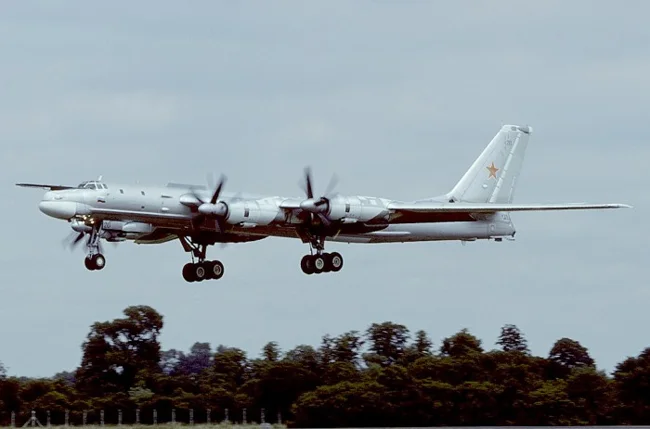
So why didn't nuclear planes "take off"? The idea of installing a nuclear reactor in an aircraft was long based on the fact that nuclear power would increase the payload of an aircraft. However, during the experiments it became clear that it would not be possible to create a compact nuclear reactor for an aircraft. Those that were made were not powerful enough relative to their weight and dimensions. In addition to this, the question arose about the need to install anti-radiation protection, which again took away some of the potential payload.
Finally, the main question arose: why do we need an aircraft that can fly for months without refueling? All the tasks facing aviation (both military and civil) are short-term. In any case, if we compare this type of transport with sea vessels. Flying for a month or two without refueling - no one needs it. Of course, "nuclear planes" do have potential advantages. However, given the current level of technical development, this direction has turned out to be largely a dead end. 